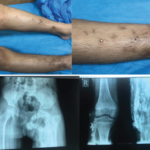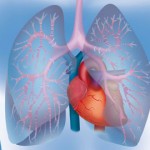Hurricane Ida intensified in the last two weeks of August 2021, battering the Cayman Islands and Cuba before hitting the Louisiana coast as a Category 4 storm just before Labor Day weekend.1 At landfall, Ida blasted southern Louisiana with maximum sustained winds of 150 knots, then turned in a north-northwestern direction to hit the New…









